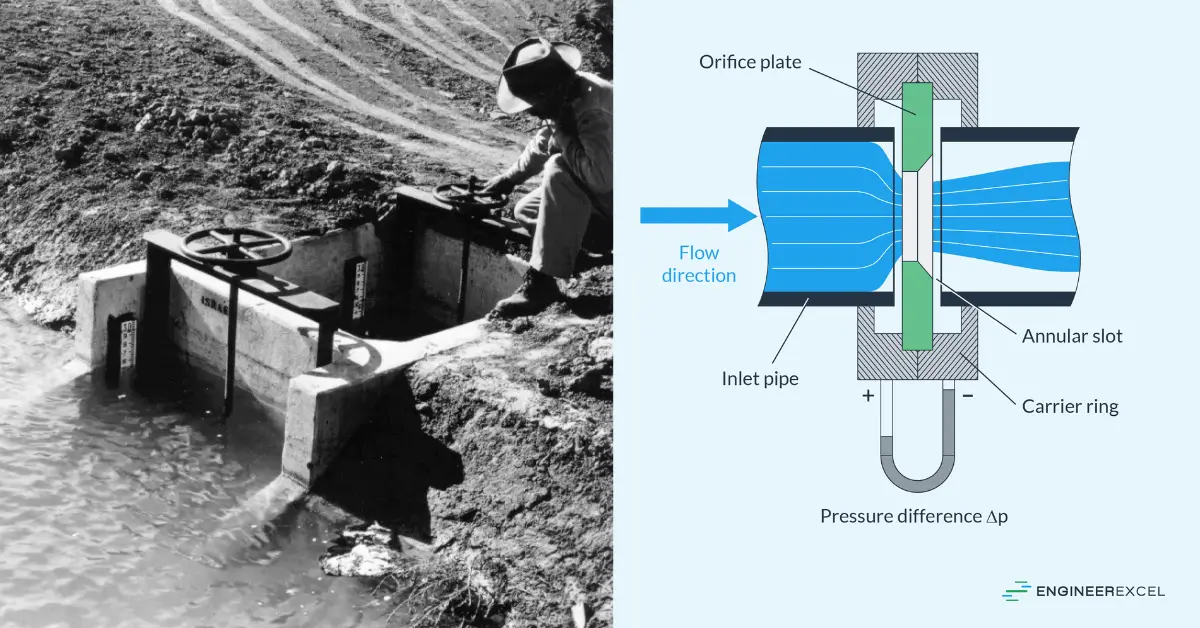Orifice Size Water: A Complete Guide to Flow Control and Efficiency

Water flow is a critical factor in engineering, irrigation, and hydraulic systems. At the heart of controlling, regulating, and measuring water flow lies the concept of orifice size.
Whether you’re working with an irrigation system or designing industrial machinery, the size of the orifice determines the precision and efficiency of water flow. This comprehensive guide explores the nuances of orifice size water, from its significance to its applications in various fields.
This article builds trust by offering factually accurate, engaging, and clearly written content, ensuring an exciting journey into fluid mechanics while emphasizing user needs and reliable information.
What Is an Orifice Size Water?
An orifice is a small opening or hole in a plate or a system through which water flows. The orifice size refers to the dimensions of this opening, which significantly affect the rate and behavior of water flow.
Orifices are essential components in hydraulic systems, irrigation tools, and flowmeters, providing precise control and measurement capabilities.
By leveraging fluid mechanics principles, such as Bernoulli’s equation, engineers and designers can manipulate orifice size to achieve desired water pressure and flow rate. Understanding the interplay between orifice dimensions and water behavior is foundational in creating efficient systems.
Understanding Orifice Size and Its Importance
The size of an orifice determines how much water can pass through a system within a given time. Smaller orifices restrict water flow, leading to a controlled and steady output, while larger orifices allow faster and more substantial flow. This concept is vital for ensuring operational efficiency and avoiding wastage in various industries.
In irrigation systems, for example, the orifice size in sprinklers or drip emitters directly affects water distribution. Similarly, in industrial applications, correctly sized orifices maintain desired flow rates, optimize performance, and ensure system longevity.
Read Also: Post LetsBuildUp.org
How Orifice Size Affects Water Flow Rate and Pressure
The relationship between orifice size and water flow rate is governed by the principle of flow restriction. Larger orifices allow a higher flow rate, while smaller ones reduce it. This dynamic is crucial in systems that demand precise water management, such as irrigation or hydraulic operations.
Pressure is another critical factor influenced by orifice size. A smaller orifice creates a significant pressure drop, which is beneficial in regulating flow but may lead to inefficiencies if not designed properly. Conversely, larger orifices reduce pressure resistance, allowing smoother flow.
Applications of Orifice Size in Water Systems
- Irrigation Systems: Orifices control water distribution in sprinklers and drip irrigation tools, ensuring uniform delivery.
- Hydraulic Systems: In industries, orifice plates are used to regulate flow and maintain system pressure.
From household faucets to industrial machinery, orifices play an indispensable role in enabling controlled and efficient water usage.
Calculating Water Flow Through an Orifice
Water flow through an orifice is calculated using the formula:
Q=C⋅A⋅2gHQ = C \cdot A \cdot \sqrt{2gH}Q=C⋅A⋅2gH
Where:
- QQQ: Flow rate
- CCC: Discharge coefficient
- AAA: Orifice area
- ggg: Acceleration due to gravity
- HHH: Pressure head
Accurate calculations ensure that systems are designed to meet specific operational needs, minimizing errors and maximizing efficiency.
Factors That Influence Orifice Performance
Several factors affect the performance of orifices:
- Viscosity: The thickness of the fluid determines the flow behavior.
- Pressure Head: The difference in pressure before and after the orifice impacts flow rate.
Understanding these variables helps engineers design systems that balance performance, efficiency, and durability.
Design Considerations for Selecting Orifice Size
Designing the perfect orifice involves careful consideration of factors like material, size, and intended application. Orifice plates must be durable and resistant to wear, especially in high-pressure systems.
Moreover, the system’s purpose—be it irrigation, hydraulic regulation, or flow measurement—dictates the specific design parameters for optimal performance.
Orifice Plates vs. Other Flow Control Devices
Orifice plates offer simplicity, cost-effectiveness, and reliability compared to other flow control devices like valves. While valves provide adjustable control, orifice plates are ideal for fixed flow regulation and measurement.
This distinction makes orifice plates a preferred choice in applications requiring long-term stability and minimal maintenance.
Common Challenges in Orifice Sizing and Solutions
Challenges like clogging, wear, and inaccurate sizing can compromise system efficiency. Regular maintenance and the use of high-quality materials mitigate these issues.
Additionally, advanced tools like flowmeter calibration and real-time monitoring systems ensure orifice performance aligns with operational demands.
The Role of Orifice Size in Hydraulic and Irrigation Systems
In hydraulic systems, orifices maintain pressure levels and regulate fluid distribution, ensuring efficient machinery operation. Similarly, in irrigation, orifices enable precise water delivery, promoting sustainable resource usage.
By tailoring orifice sizes to specific applications, industries achieve enhanced performance and reduced operational costs.
Real-World Examples of Orifice Applications in Water Systems
- Urban Water Distribution: Orifice plates regulate water flow in city pipelines.
- Agricultural Irrigation: Customized orifice designs optimize water usage in farming.
These examples highlight the versatility and significance of orifices in addressing diverse water management challenges.
Optimizing Orifice Size for Maximum Efficiency
Optimization involves using advanced simulation tools to test different orifice designs and sizes. Factors like discharge coefficient and flow conditions are analyzed to maximize efficiency.
Innovations in orifice nozzle design further enhance performance, reducing energy consumption and environmental impact.
Future Trends in Orifice Design and Water Flow Management
Emerging technologies like smart sensors and AI-driven flow control are revolutionizing orifice design. These innovations enable real-time adjustments, ensuring optimal water flow and pressure management.
Sustainability is another focus, with materials and designs being developed to minimize environmental impact while maximizing operational efficiency.
Read Also: Grace Charis Net Worth
Final Thoughts
Orifice size is a cornerstone of fluid mechanics, impacting water flow, pressure, and system performance across industries. By understanding its principles and applications, users can design efficient systems that meet diverse needs.
Whether you’re optimizing an irrigation system or designing industrial machinery, embracing innovative orifice solutions ensures a future of sustainable and efficient water management.
FAQs
What is the role of orifice size in water flow?
Orifice size determines the flow rate and pressure of water in a system, enabling precise control and regulation.
How is water flow through an orifice calculated?
Water flow is calculated using the formula Q=C⋅A⋅2gHQ = C \cdot A \cdot \sqrt{2gH}Q=C⋅A⋅2gH, which accounts for discharge coefficient, orifice area, and pressure head.
What are common applications of orifice plates?
Orifice plates are used in hydraulic systems, irrigation tools, and flowmeters for flow regulation and measurement.
How can I optimize orifice size for my system?
Optimization involves accurate calculations, advanced simulations, and selecting high-quality materials suited to specific applications.
What are the future trends in orifice design?
Future trends include smart sensors, AI-driven adjustments, and sustainable materials for improved efficiency and reduced environmental impact.





